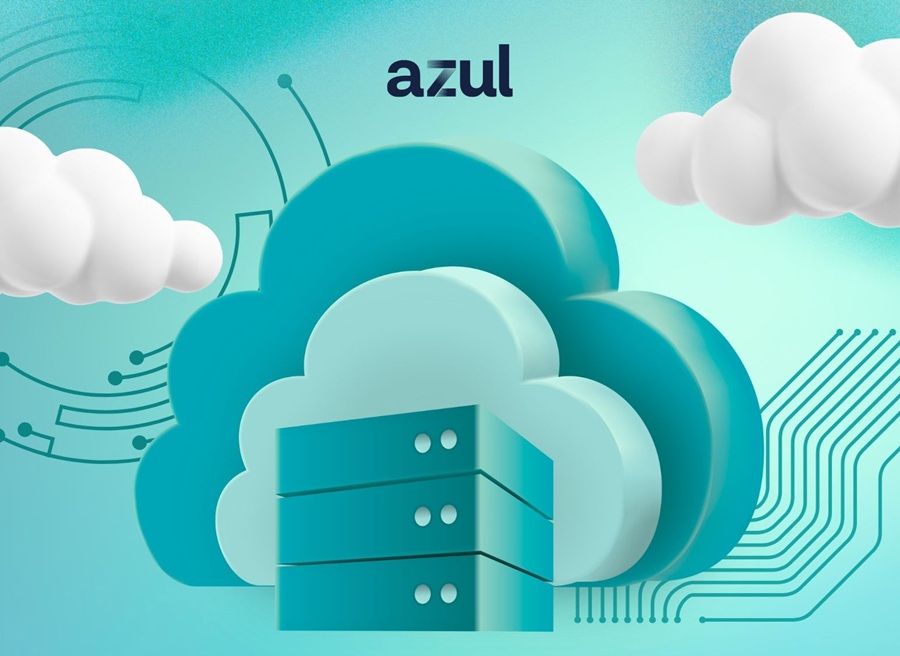Ipanema Technologies released v7.1 of its Autonomic Networking System (ANS).
This new release includes enhancements that improve application visibility, control, and performance, giving large enterprises, particularly those in the cloud, the ability to manage increased data volumes.
With ANS v7.1 using a new software architecture and faster Deep Packet Inspection (DPI), Ipanema triples its high-end device performance (ip|e1800ax) reaching up to 20,000 new connections per second. This results in a throughput of 2Gbps alongside a classification system recognizing over 300 applications out of the box. Intelligent device clustering guarantees business application performance up to 10GBPS. As a result, companies are better placed to cope with the significant year-on-year traffic growth they are now experiencing.
Other additional ANS v7.1 enhancements include:
- Cloud application performance report. The new Cloud Application Monitoring (CAM) report allows enterprises to understand and control the cloud applications usage and performance from the user perspective in the branch offices.
- Virtual appliances (virtual|engine) that can be deployed as an alternative to hardware appliances in virtualized data centers and branch offices. ANS v7.1 enables hybrid deployments of physical and virtual devices that work together to measure control and optimize all application traffic across the enterprise.
Béatrice Piquer-Durand, Vice President Marketing, Ipanema Technologies commented: “Enterprises will continue to move to the cloud, increasingly virtualizing their infrastructure, using more hosted computing capacity and making SaaS applications mainstream. They need tools to control and guarantee business application performance in this fast-moving and complex environment. ANS v7.1 demonstrates our commitment and ability to enable our customers to succeed in this time of change.”
François Lecerf, CTO, Ipanema Technologies added: “I am very pleased with the performance of ANS v7.1. Following our recent launch of the nano|engine (a tool designed for small branch offices), we now have one of the industry’s most capable solutions for large data centers. Our autonomic control system and broad range of products allow enterprises to control and optimize their WAN application traffic - no matter how large or complex their infrastructure is.”
The Latest
As enterprises accelerate their cloud adoption strategies, CIOs are routinely exceeding their cloud budgets — a concern that's about to face additional pressure from an unexpected direction: uncertainty over semiconductor tariffs. The CIO Cloud Trends Survey & Report from Azul reveals the extent continued cloud investment despite cost overruns, and how organizations are attempting to bring spending under control ...

According to Auvik's 2025 IT Trends Report, 60% of IT professionals feel at least moderately burned out on the job, with 43% stating that their workload is contributing to work stress. At the same time, many IT professionals are naming AI and machine learning as key areas they'd most like to upskill ...
Businesses that face downtime or outages risk financial and reputational damage, as well as reducing partner, shareholder, and customer trust. One of the major challenges that enterprises face is implementing a robust business continuity plan. What's the solution? The answer may lie in disaster recovery tactics such as truly immutable storage and regular disaster recovery testing ...
IT spending is expected to jump nearly 10% in 2025, and organizations are now facing pressure to manage costs without slowing down critical functions like observability. To meet the challenge, leaders are turning to smarter, more cost effective business strategies. Enter stage right: OpenTelemetry, the missing piece of the puzzle that is no longer just an option but rather a strategic advantage ...
Amidst the threat of cyberhacks and data breaches, companies install several security measures to keep their business safely afloat. These measures aim to protect businesses, employees, and crucial data. Yet, employees perceive them as burdensome. Frustrated with complex logins, slow access, and constant security checks, workers decide to completely bypass all security set-ups ...

In MEAN TIME TO INSIGHT Episode 13, Shamus McGillicuddy, VP of Research, Network Infrastructure and Operations, at EMA discusses hybrid multi-cloud networking strategy ...
In high-traffic environments, the sheer volume and unpredictable nature of network incidents can quickly overwhelm even the most skilled teams, hindering their ability to react swiftly and effectively, potentially impacting service availability and overall business performance. This is where closed-loop remediation comes into the picture: an IT management concept designed to address the escalating complexity of modern networks ...
In 2025, enterprise workflows are undergoing a seismic shift. Propelled by breakthroughs in generative AI (GenAI), large language models (LLMs), and natural language processing (NLP), a new paradigm is emerging — agentic AI. This technology is not just automating tasks; it's reimagining how organizations make decisions, engage customers, and operate at scale ...
In the early days of the cloud revolution, business leaders perceived cloud services as a means of sidelining IT organizations. IT was too slow, too expensive, or incapable of supporting new technologies. With a team of developers, line of business managers could deploy new applications and services in the cloud. IT has been fighting to retake control ever since. Today, IT is back in the driver's seat, according to new research by Enterprise Management Associates (EMA) ...
In today's fast-paced and increasingly complex network environments, Network Operations Centers (NOCs) are the backbone of ensuring continuous uptime, smooth service delivery, and rapid issue resolution. However, the challenges faced by NOC teams are only growing. In a recent study, 78% state network complexity has grown significantly over the last few years while 84% regularly learn about network issues from users. It is imperative we adopt a new approach to managing today's network experiences ...

